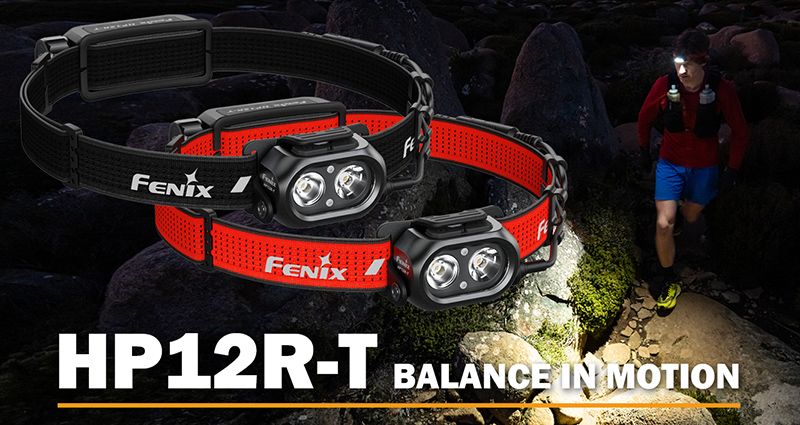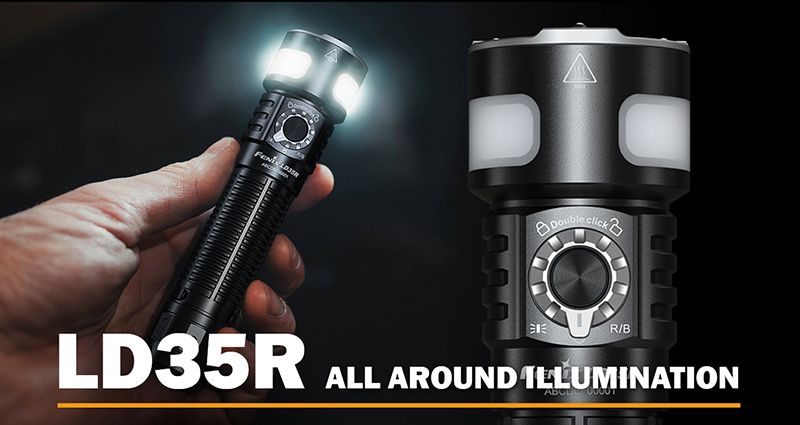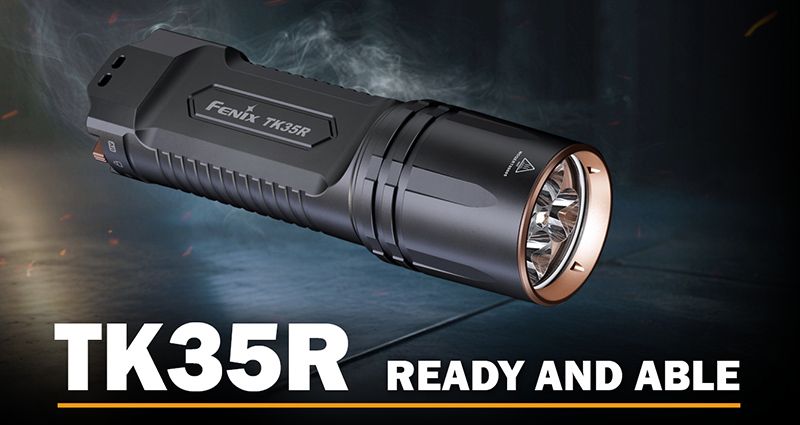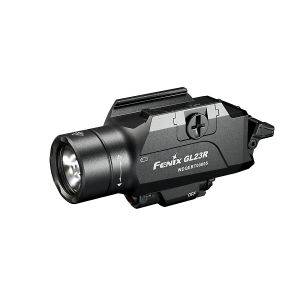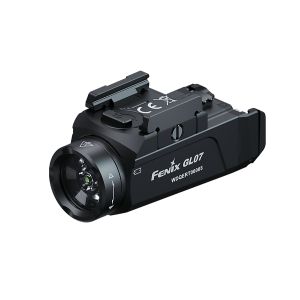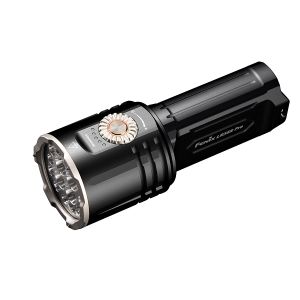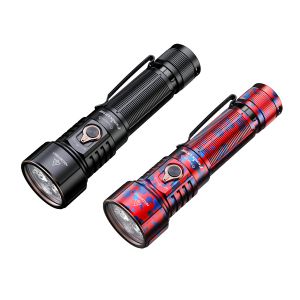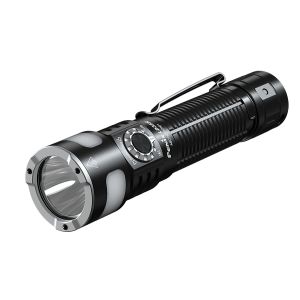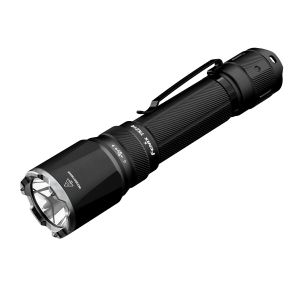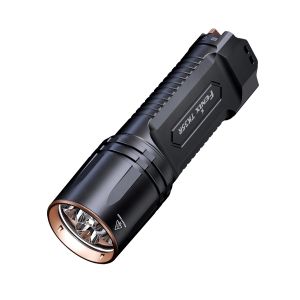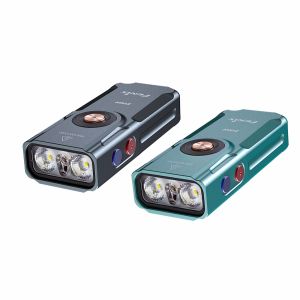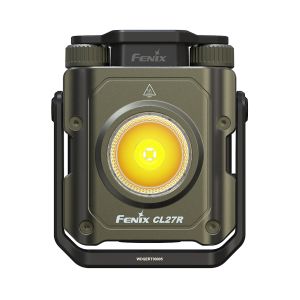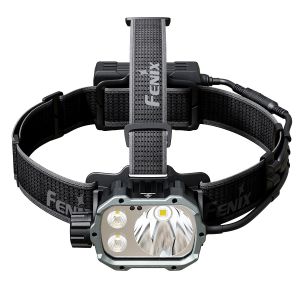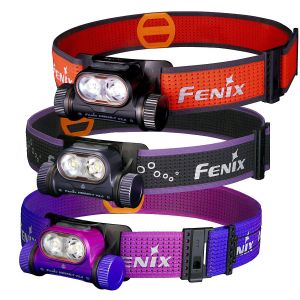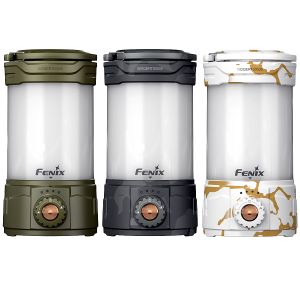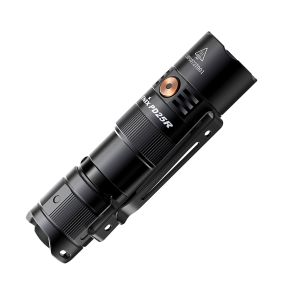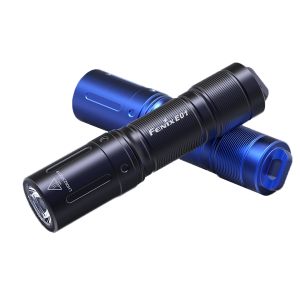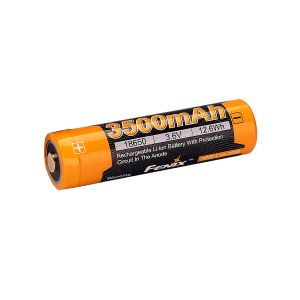Welcome To Fenixlight UK
We are the home of Fenix lighting products in the United Kingdom, supplying a network of UK retailers, companies and individual customers from our base in Cardiff.
Fenixlight Limited was formed in 2001 by a group of enthusiastic young engineers intent on improving upon the lighting products then available. The Fenix name means “a living bird, a perfect thing” and since producing their first product on 3rd of September 2001, Fenix have always strived to achieve perfection
Fenix produce the best quality torches, headlamps, lanterns, bike lights, batteries, chargers and accessories. From mountain rescue to military, sports, Industrial and personal use, the Fenix range features a durable, high performing premium product ideal for your extreme or everyday environment.
We began working with Fenix in February 2007 by selling their very early products and are proud to have worked with them ever since, with our company ethos proudly putting premium product quality and outstanding service at the core of our identity.
Please note that we no longer ship internationally

